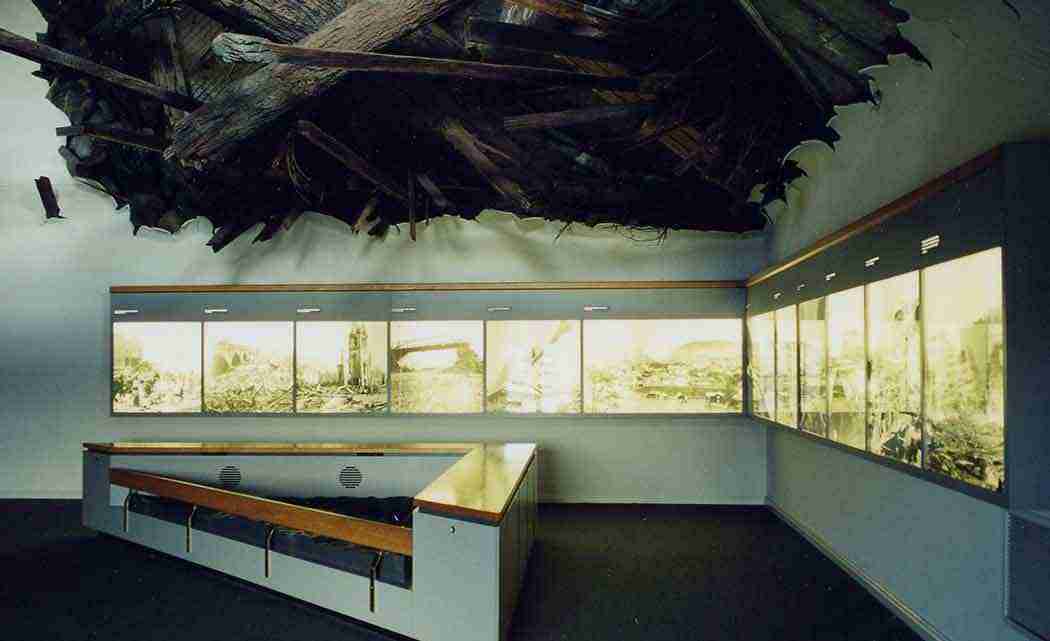By KECIA BAL
The (Johnstown) Tribune-Democrat
JOHNSTOWN, Pa. (AP) _ In a year, visitors to the Johnstown Flood Museum could have an unlikely tour guide:?the Rev. David Beale, who was instrumental in recovery efforts during the 1889 flood.
Organizers showed concepts last week for interactive, multi-media experiences that could be included in a refurbished museum, a $2 million effort that is part of the Johnstown Area Heritage Association’s $4.3 million capital campaign.
One idea, developed by Concurrent Technologies Corp., would bring historical characters to life through digital technology. Museum visitors could download an app to experience another, digital dimension of local history.
Augmented reality would blend real artifacts and buildings with historic images and scenes, and new exhibits also could feature virtual reality, where high-tech goggles could allow visitors to experience history, disconnected visually from the present day, according to Dave Luciew, senior interactive designer and developer at CTC.
“We’ve been working with JAHA?for about three years now,” he said. “We thought, wouldn’t it be cool if you could engage with the past?”
At a reception in the museum Thursday, association President Richard Burkert said that updating the flood museum building and 26-year-old exhibits is essential to the overall vision of the capital campaign.
“A successful community has a strong sense of place,” he said.
“It’s important that we tell this story right. The flood was a defining event.”
So far, campaign organizers have raised $1.2 million for the museum, including a $750,000 Richard King Mellon Foundation grant. The updates would include architectural and infrastructure rehabilitation. CJL Engineering also would bring the building to LEED compliance.
“We expect this to be a very energy efficient building,” Burkert said. “We see this project as a real investment in cultural tourism.”
Organizers also unveiled initial concepts for recreating the exhibit experience, including redesigning exhibit sequences to encourage more visitors to experience more of the museum and the city’s story, such as the Academy Award-winning documentary “The Johnstown Flood.”
Exhibit spaces would be designed to be easy to update, architect Paul Rosenblatt said.
Rosenblatt, founding principal of Pittsburgh-based Springboard Design and adjunct professor of architecture at Carnegie Mellon University, has been a longtime partner in heritage association projects.
“It would draw people upstairs first, to see the film, and then they would progress down to the main level to interact with an updated map and enjoy other exhibitions_ interactive, not static,” he said.
The goal is to have the new exhibit open in January 2016, organizers said.
The improvements are a piece of a bigger drive to spur economic development and community revitalization, CTC President Ed Sheehan said.
“We’re all committed to seeing Johnstown be a successful,” he said.
“And that’s a `when,’ not an `if.’ “










No Comment